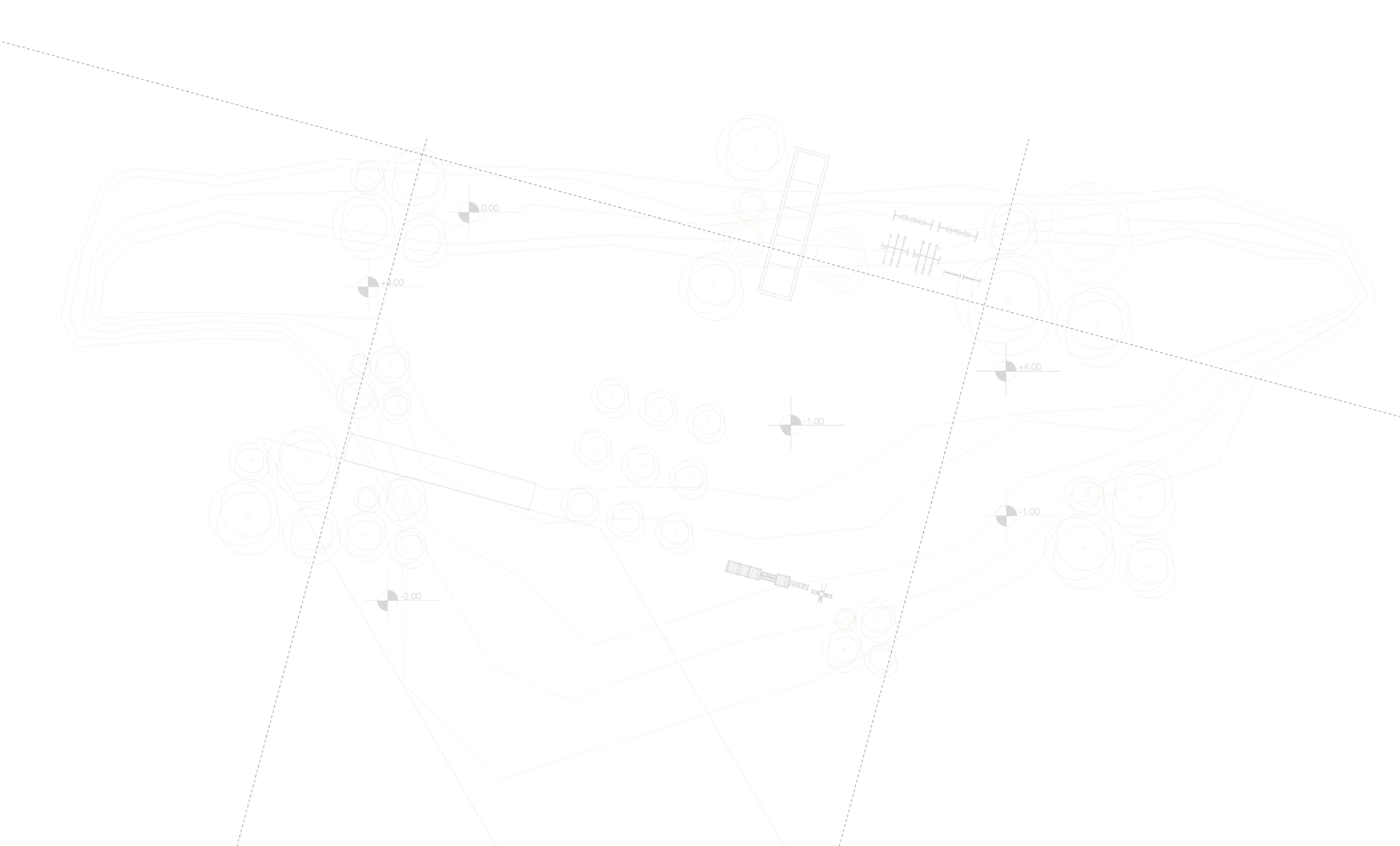
Under the current circumstance where the emission level is increasing, the high urban concentration comes to optimizing public mobility, the use of electric buses is beginning to be widely adopted. The advantages of this solution can be seen in reducing carbon dioxide emissions. A study revealed that a bus produce 0.384 t CO2 bus / day, in total 16 405 t CO2 / year. In this context, the first proposed application use for the energy produced from the renewable energy power plant, is to recharge a total of 20 electric buses from the auto-park of Pitesti city. The system can be accessed by other vehicles, considering the proximity of Bucharest - Pitesti motorway and national road Pitesti - Craiova.

The solution has the following aspects:
-
Using electricity directly from the positive energy territory - on site there can be a parking zones with sockets/outlet for charging electric vehicles. The project provides an installation of 40 local outlets for electric buses and other vehicles if available capacity.
-
Consider electric buses as a source of electrical energy storage, eliminating the need of such systems to be set in the renewable energy park thereby reducing the costs. The site can be used as parking space at night, thinking of using space as efficiently as possible at any time of the day.
-
Extending this solution to other types of mobility based on the concept of "smart city" so the local community can benefit from the advantages of " green energy" directly from the production facilities.
Currently, few electric buses were tested in Bucharest. In Fig. 11 is shown a bus equipped with liquid-cooled induction engine. - Skoda Electric, Cegelec electrical instalation and Winston Battery/ Lithium-Ion. The bus has a capacity of 85 seats, a charging time of the battery of 7-8 hours and a energy autonomy of 250 km. These buses are used in Ostrova, Czech Republic.
 11.jpg |  55.jpg |  33.jpg |
|---|---|---|
 22.jpg |
